As a language model, I don’t provide medical advice or diagnoses. However, I can tell you that fruits contain natural sugars that can affect blood glucose levels, so it’s essential for people with diabetes to choose their fruits carefully and consume them in moderation.
Here are ten fruits that may be suitable for people with diabetes, but it’s always best to consult with a healthcare professional before making any changes to your diet:
- Berries: Blueberries, strawberries, raspberries, and blackberries are all low in calories and high in fiber and antioxidants, making them excellent choices for people with diabetes.
- Apples: Apples are also low in calories and high in fiber, which can help regulate blood sugar levels. They are also rich in vitamin C and antioxidants.
- Oranges: Oranges are low in calories and high in vitamin C and fiber. However, they contain natural sugars, so it’s essential to consume them in moderation.
- Grapefruit: Grapefruit is a good source of fiber, vitamin C, and antioxidants. Like oranges, grapefruits contain natural sugars, so people with diabetes should consume them in moderation.
- Kiwi: Kiwi is a low-calorie fruit that is rich in vitamin C and fiber. It also contains potassium, which can help regulate blood pressure.
- Guava: Guava is a low-sugar fruit that is rich in vitamin C, fiber, and antioxidants. It’s also a good source of potassium, which can help regulate blood pressure.
- Pears: Pears are low in calories and high in fiber, which can help regulate blood sugar levels. They are also a good source of vitamin C and antioxidants.
- Cherries: Cherries are low in calories and high in fiber and antioxidants. They also contain natural compounds that can help reduce inflammation and improve insulin sensitivity.
- Peaches: Peaches are low in calories and high in fiber and antioxidants. They are also a good source of vitamin C and potassium.
- Plums: Plums are low in calories and high in fiber, which can help regulate blood sugar levels. They are also a good source of vitamin C and antioxidants.
Remember that it’s essential to consume fruits in moderation and to choose fresh or frozen fruits instead of canned fruits, which often contain added sugars. Also, everyone’s nutritional needs are different, so consult with a healthcare professional or registered dietitian to determine the best diet plan for you.
As a healthcare professional, one of the most common questions I get from my patients with diabetes is about what fruits they should consume. It’s no secret that fruits contain natural sugars that can affect blood glucose levels, so it’s essential to choose the right fruits and consume them in moderation. In this article, we’ll explore the ten best fruits for diabetes and how they can benefit your health.
Before we dive into the fruits, let’s briefly discuss why it’s essential to maintain a healthy diet when you have diabetes. Diabetes is a condition that affects the body’s ability to produce or use insulin effectively, which can lead to high blood sugar levels. A diet that’s high in carbohydrates and sugar can cause blood glucose levels to spike, which can increase the risk of complications. Therefore, it’s important to follow a balanced diet that’s rich in nutrients, low in calories, and high in fiber.
Now, let’s take a closer look at the ten best fruits for diabetes:
Berries

Berries are one of the best fruits for diabetes because they are low in calories, high in fiber, and rich in antioxidants. Blueberries, strawberries, raspberries, and blackberries are all great choices. These fruits have a low glycemic index, which means they release sugar into the bloodstream slowly, preventing blood sugar spikes. Berries are also rich in vitamin C, which can help boost the immune system.
Apples
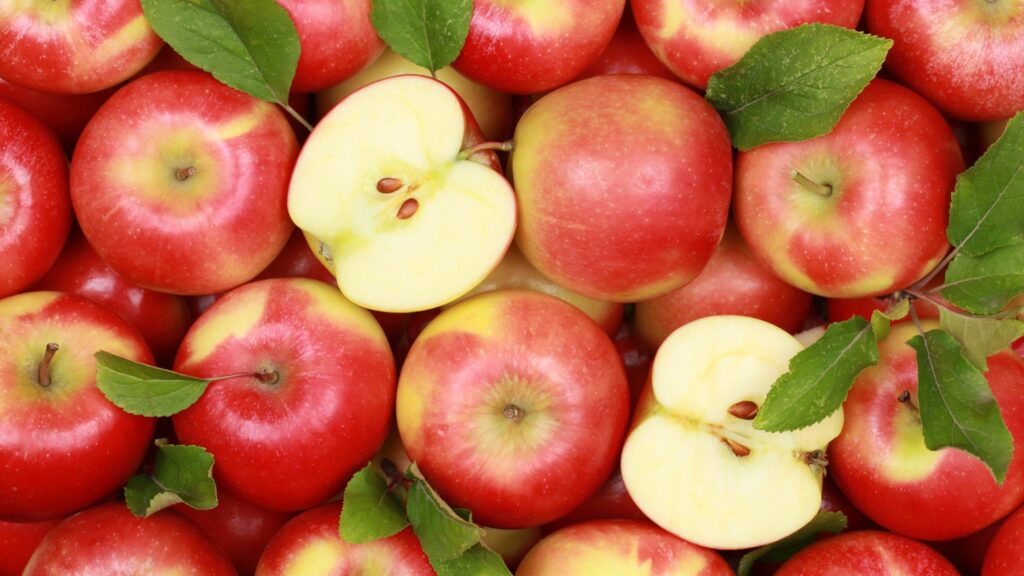
Apples are another excellent choice for people with diabetes. They are low in calories and high in fiber, which can help regulate blood sugar levels. Apples are also rich in antioxidants and vitamin C. A medium-sized apple contains about 25 grams of carbohydrates, which is equivalent to a small serving of rice or pasta. It’s essential to eat the apple with the skin, as the skin contains most of the fiber.
Oranges

Oranges are low in calories and high in vitamin C and fiber. However, they contain natural sugars, so it’s essential to consume them in moderation. A medium-sized orange contains about 15 grams of carbohydrates, which is equivalent to a small serving of fruit. Oranges are also rich in antioxidants, which can help reduce inflammation and protect against chronic diseases.
Grapefruit
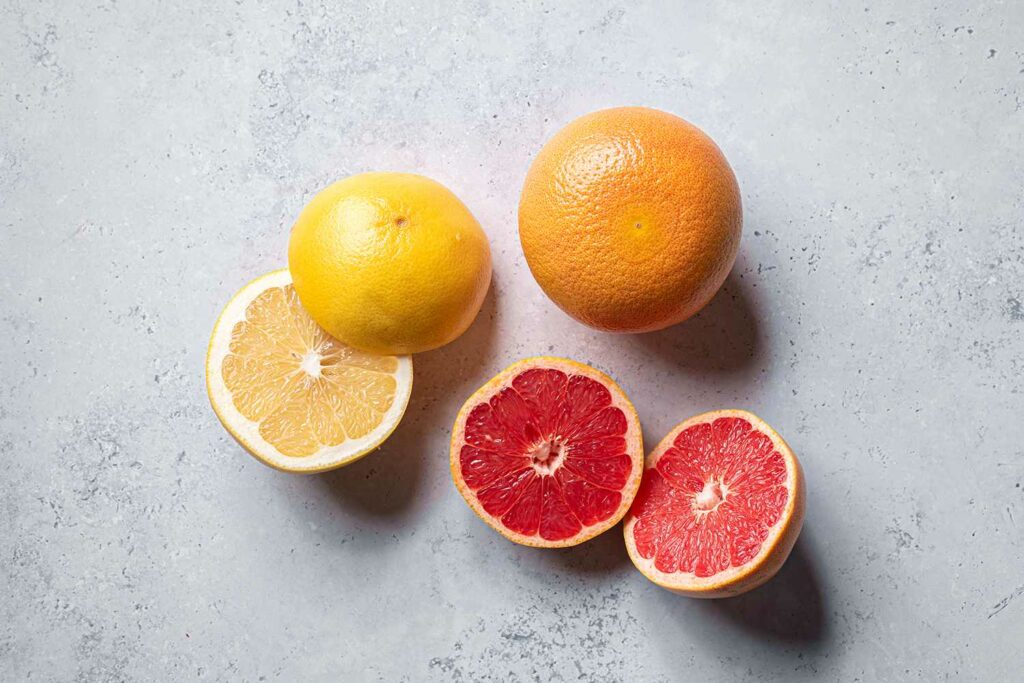
Grapefruit is another low-calorie fruit that’s rich in fiber, vitamin C, and antioxidants. Like oranges, grapefruits contain natural sugars, so it’s important to consume them in moderation. A medium-sized grapefruit contains about 20 grams of carbohydrates, which is equivalent to a small serving of rice or pasta. Grapefruits are also rich in naringenin, a flavonoid that can help improve insulin sensitivity.
Kiwi
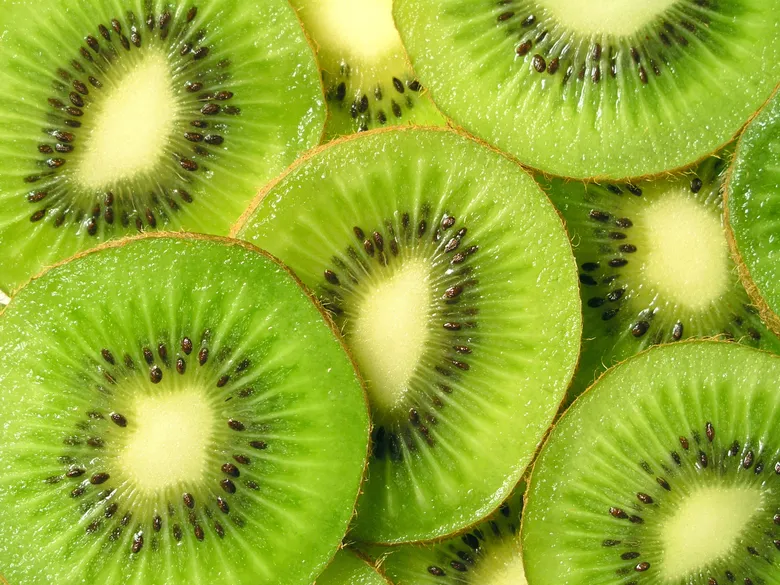
Kiwi is a low-calorie fruit that’s rich in vitamin C and fiber. It’s also a good source of potassium, which can help regulate blood pressure. A medium-sized kiwi contains about 10 grams of carbohydrates, which is equivalent to half a small serving of fruit. Kiwis are also rich in actinidin, an enzyme that can help improve digestion and reduce inflammation.
Guava
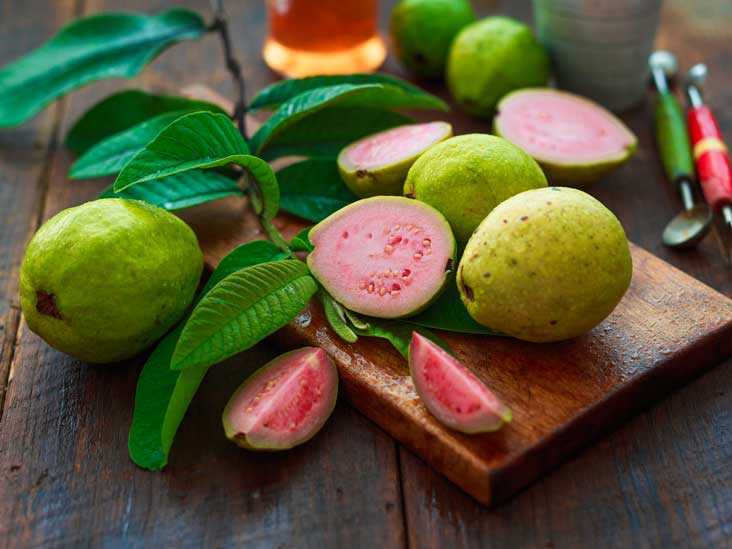
Guava is a low-sugar fruit that’s rich in vitamin C, fiber, and antioxidants. It’s also a good source of potassium, which can help regulate blood pressure. A medium-sized guava contains about 20 grams of carbohydrates, which is equivalent to a small serving of rice or pasta. Guavas are also rich in lycopene, a carotenoid that can help protect against cancer and heart disease.
Pears

Pears are another low-calorie fruit that’s high in fiber, which can help regulate blood sugar levels. They are also a good source of vitamin C and antioxidants. A medium-sized pear contains about 25 grams of carbohydrates, which is equivalent to a small serving of rice or pasta. It’s essential to eat the pear with the skin, as the skin contains most of the fiber.
Cherries
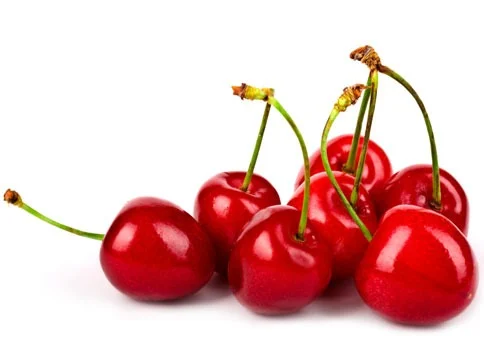
Cherries are a low-sugar fruit that’s rich in fiber, vitamin C, and antioxidants. They also contain anthocyanins, which are compounds that can help reduce inflammation and improve insulin sensitivity. A cup of cherries contains about 15 grams of carbohydrates, which is equivalent to a small serving of fruit.
Peaches
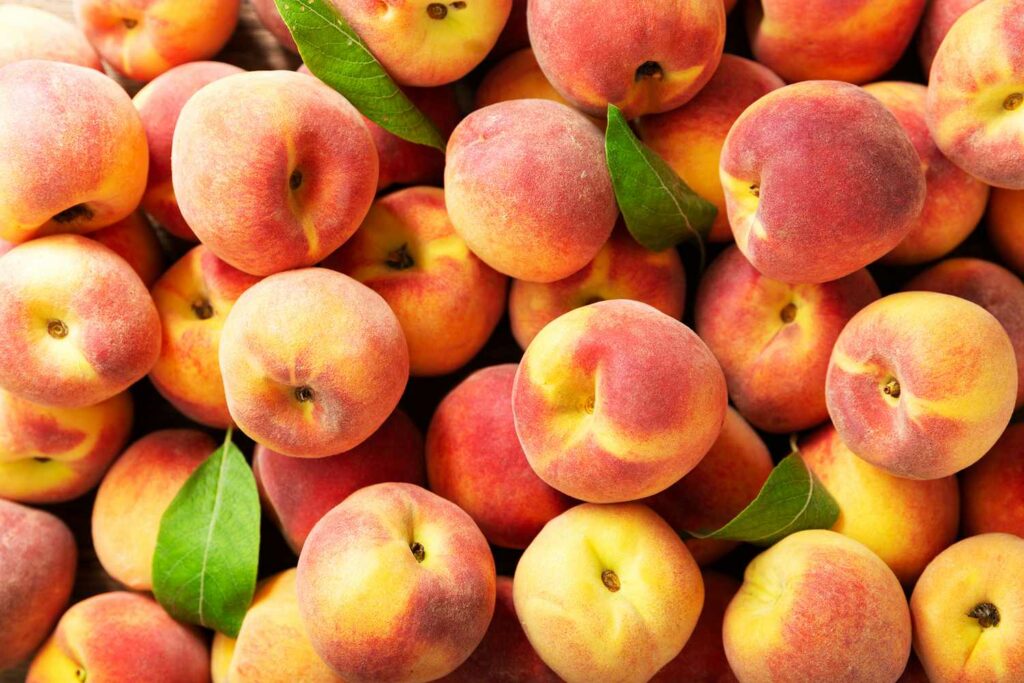
Peaches are a low-calorie fruit that’s high in fiber and vitamin C. They are also a good source of antioxidants, including beta-carotene and lutein. A medium-sized peach contains about 15 grams of carbohydrates, which is equivalent to a small serving of fruit. It’s important to choose ripe peaches, as they are higher in nutrients.
Plums
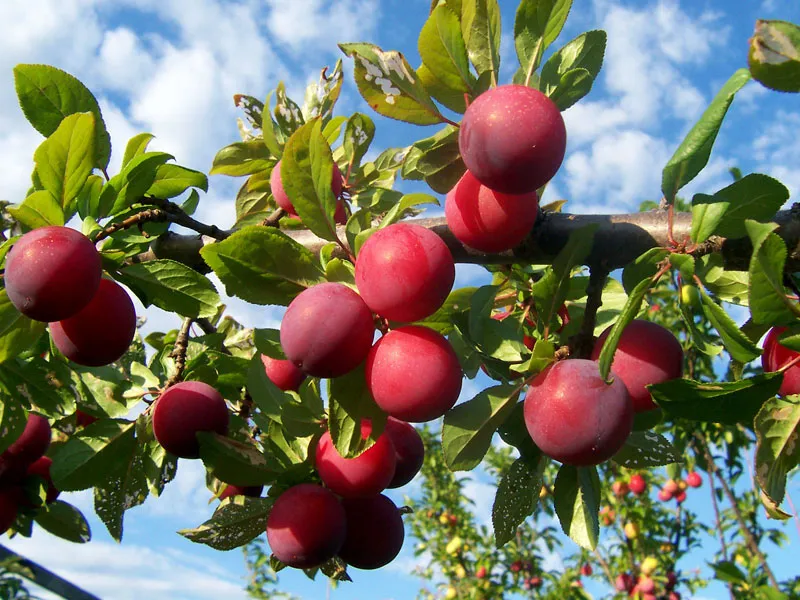
Plums are a low-calorie fruit that’s high in fiber and vitamin C. They are also a good source of antioxidants, including anthocyanins and chlorogenic acid. A medium-sized plum contains about 15 grams of carbohydrates, which is equivalent to a small serving of fruit. Plums can help improve digestion and reduce inflammation.
It’s important to note that portion control is key when it comes to consuming fruits as a diabetic. Even though these fruits are low in sugar and high in fiber, consuming too much of them can still cause a spike in blood glucose levels. A general rule of thumb is to consume fruits in moderation and pair them with a source of protein or fat to slow down the absorption of sugar into the bloodstream.
Conclusion
In conclusion, these ten fruits are excellent choices for people with diabetes. They are low in sugar, high in fiber and nutrients, and can help regulate blood sugar levels. However, it’s important to consume them in moderation and pair them with a source of protein or fat. As always, it’s essential to work with your healthcare provider and registered dietitian to create a personalized meal plan that meets your individual needs and goals.
